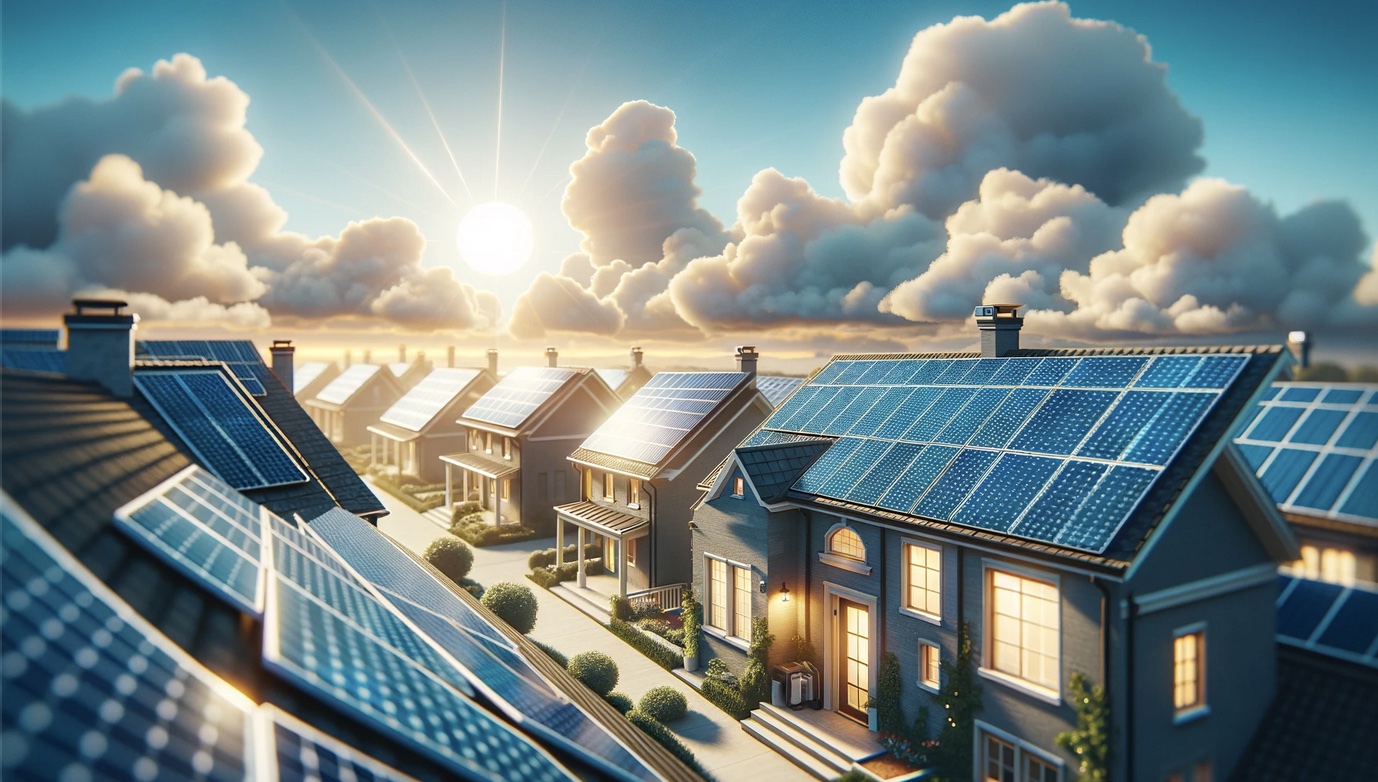The DIY Solar Panels System I Would Build in 2024
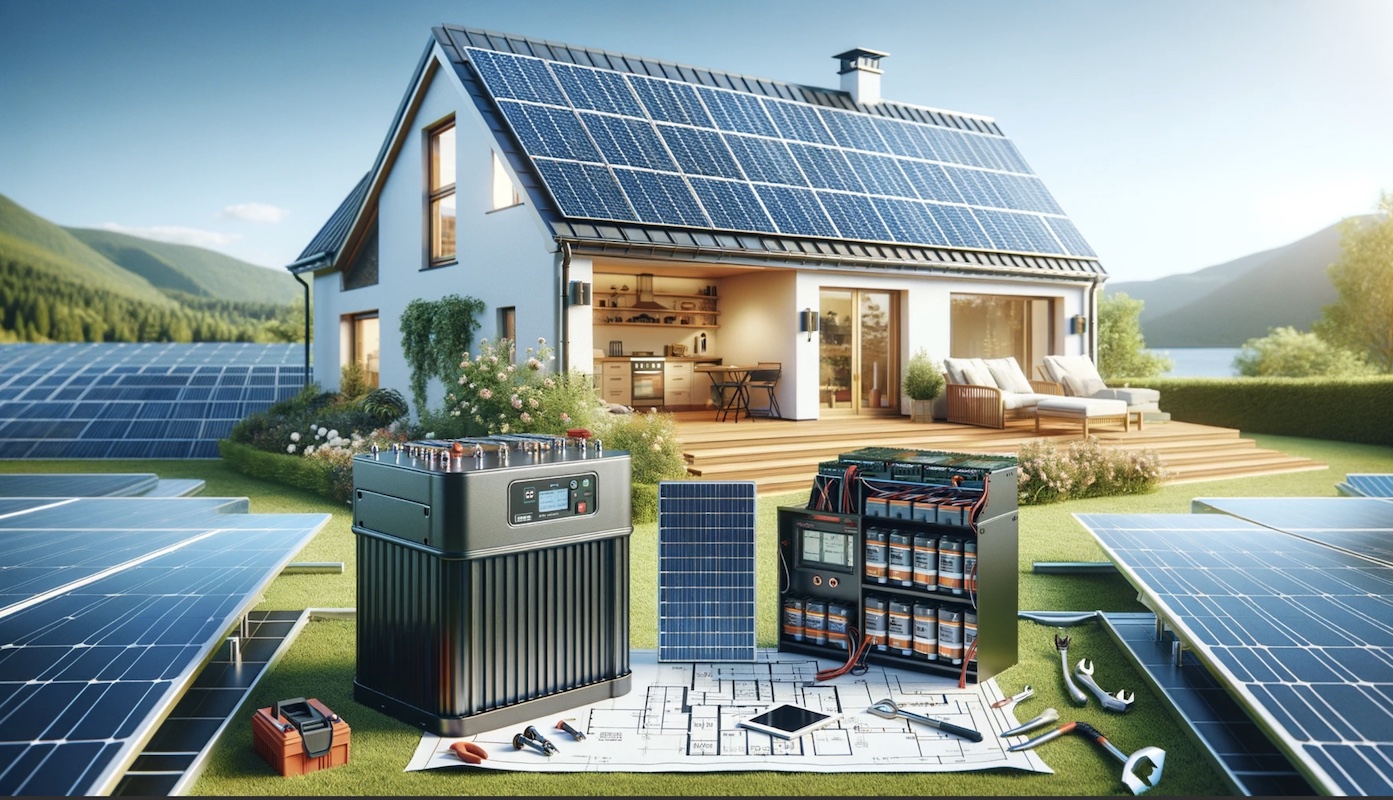
Welcome to a golden age of DIY solar panels installations. Many things have changed since 2023, when I built my system. Two of them stand out:
- What I know after gaining first-hand experience from building my system
- The prices of all components have gone down In this video I go over the order I placed for most of my components in 2023 and what the same order costs today.
A significant change between then and now is the variety of products from increasingly more retailers.
With all that said, let me take you through what I would build if I were starting over in 2024.
The Solar Energy System I Would Build in 2024
Let’s start with the requirements for my home:
- Daily energy consumption 8-12kWh
- Peak 4kWh
The solar energy system needs to cover 8-12kWh daily usage. The usage can spike to 20kWh on weekends.
The peak power required is around 4kWh. We hit peak consumption more often than I wish we did. Somehow, we regularly end up stress-testing the systems at home by running almost all the appliances we own at the same time.
The Big Components
Every home solar energy system boils down to generating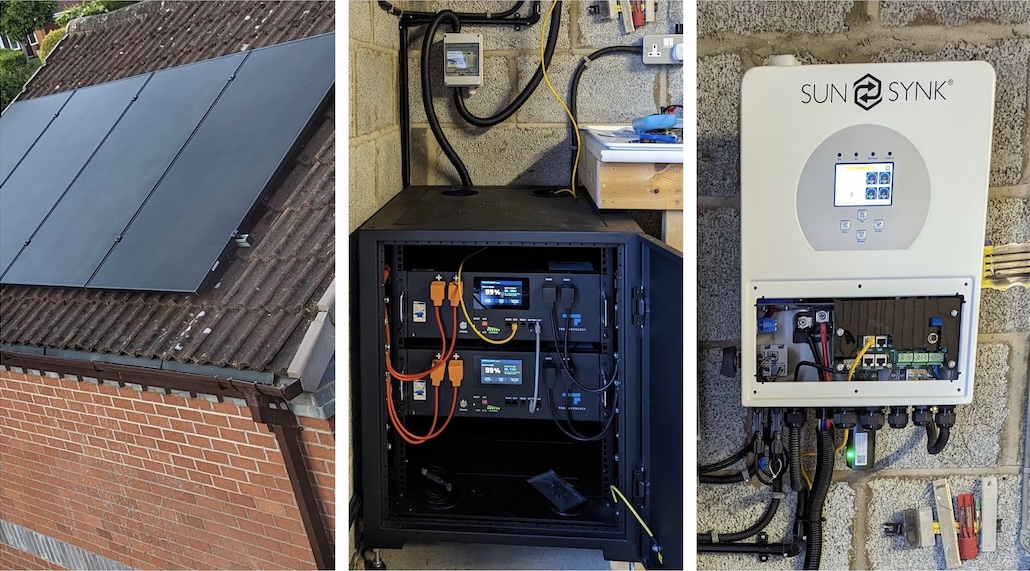
Solar Inverter - I would go for a hybrid inverter. My choice is a Sunsynk 5kW. This inverter will cover my peak and will let me export excess energy during the summer. I love the versatility and reliability of Sunsynk inverters. I own a Sunsynk 3.6 ECCO and I wish I had gone for the 5kW option.
Solar panels - I am looking for about 8kWp (kilowatts peak) of solar panels. I live in the UK, so I am deliberately choosing overpaneling. The closest configuration is two strings of 9 panels using 435W panels. If you have space, go for two strings of 9 and 10 panels. These 435W panels are relatively common. There are several choices on the market to accommodate aesthetics and budget constraints.
Battery - this is a must. The value of this investment increases exponentially the further north you live. The battery unlocks your solar energy system’s full potential. It collects almost every bit of energy your panels generate. Then, the battery truly shows its value in moments when your home demands more energy than your panels produce. The battery fills the gap and allows you to stay away from purchasing electricity.
There is an added value in the winter too, when you can make use of flexible tariffs with your battery, such Octopus Energy’s Agile tariff.
A new circuit - you must install a new circuit to connect your inverter. Make sure you hire a competent person, and they issue you the correct paperwork. You will need an EIC and Building Regulations Compliance Certificate if you are in the UK. You will need these in case you decide to register your system for export with Octopus Energy. So far, Octopus Energy is the only utility company that registers DIY solar energy systems.
The Accessories and Other Items
Alongside these, you will need accessories and other components.
Some of them, like DC and AC isolators, solar PV cables and MC4 connectors, remain on the list regardless.
Others, like roof rails and mounting systems, depend on where you plan to install your panels.
Please have a look at
my detailed list of components
you may need.
The Other Items
I strongly advise you to find someone to help you. Installing solar panels and wiring them is no small thing. Some parts of the work involve working in dangerous conditions. Having another person to help you will significantly boost your productivity and safety, too.
In case you are installing on a roof or a wall, you will likely need scaffolding. Scaffolding is something you will likely have to hire. Therefore, it will impose timing constraints on your project, and you will have to factor these in your plans.
What Battery Would I Buy In 2024
Picking a battery is a crucial choice. I would go for a Fogstar 15Kw 48V . I own a different Fogstar battery, and I am well pleased with it. You can read my owner's review here.
The battery I am going for in 2024 came on the market seven months after I had already bought my battery. Nevertheless, right now, it is my favourite battery on the market. Some of the features I like about it are:
- “Plug-and-Play” compatibility with most inverters
- Active balancing.
- A neat case - This is one of my favourite parts. I am always weary about pets and young children around the solar equipment. This battery had no exposed wires or busbars.
- A built-in 250A DC Breaker.
I value the built-in breaker highly because, as a DIY-er, this is one less job for me.
Moreover, DC breakers are not cheap, and the cost can add up.
Conclusion
There has never been a better time to build a DIY solar panels system for your home.
In 2024, all components’ prices are lower than ever.
Additionally, finding learning materials and fantastic support from engaged communities has never been easier.
I took the leap and built my system in 2023, which has been an enormous success. Apart from saving just above £500 in the first seven months, I also feel good about reducing my carbon footprint.
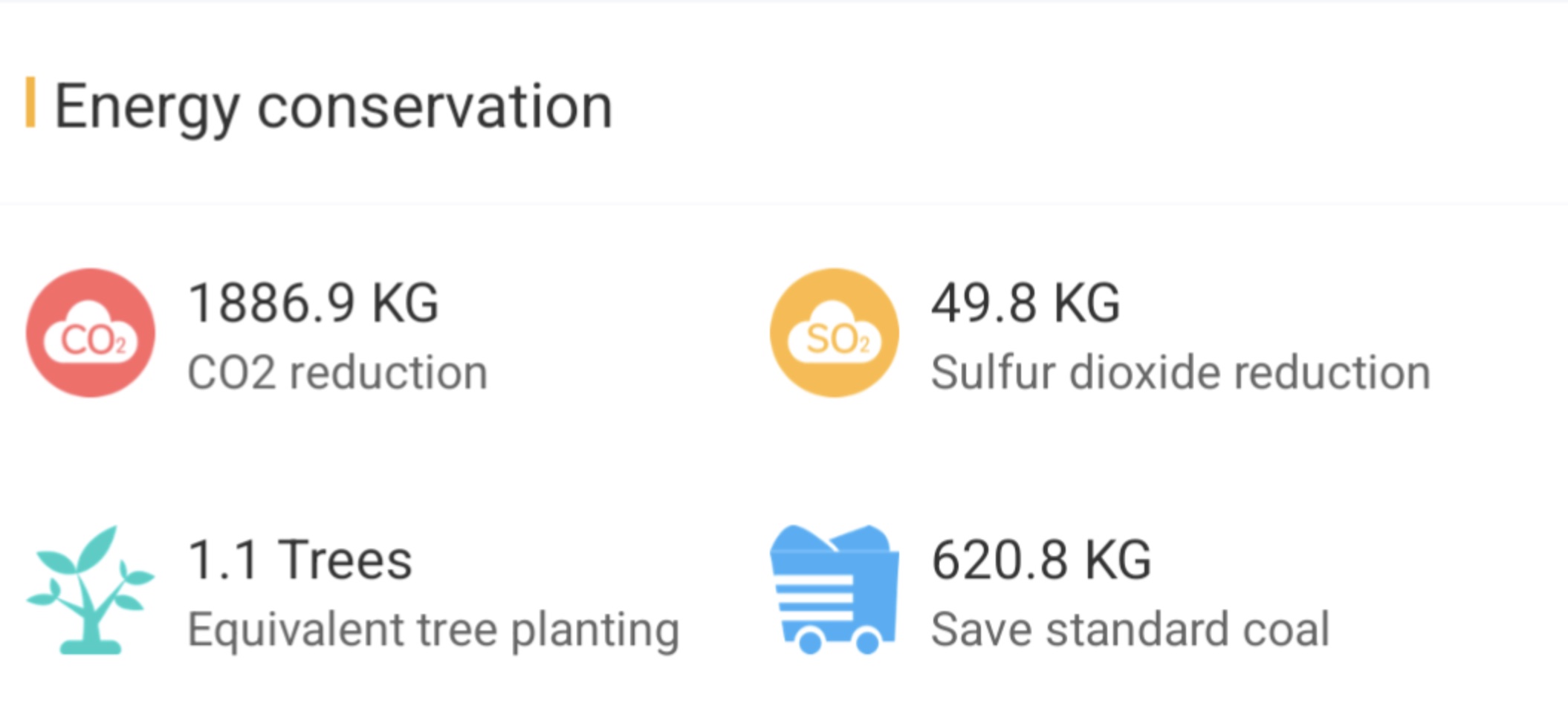
The work is challenging, but the rewards are worth it!
Learn about solar and make an informed decision whether this might be the time you build your DIY solar energy system, too.
Did you like this article? Would you like to share your feedback? Head over to Solar Energy Concepts, where you can talk about this article and share your thoughts.
Back to TopSee Also
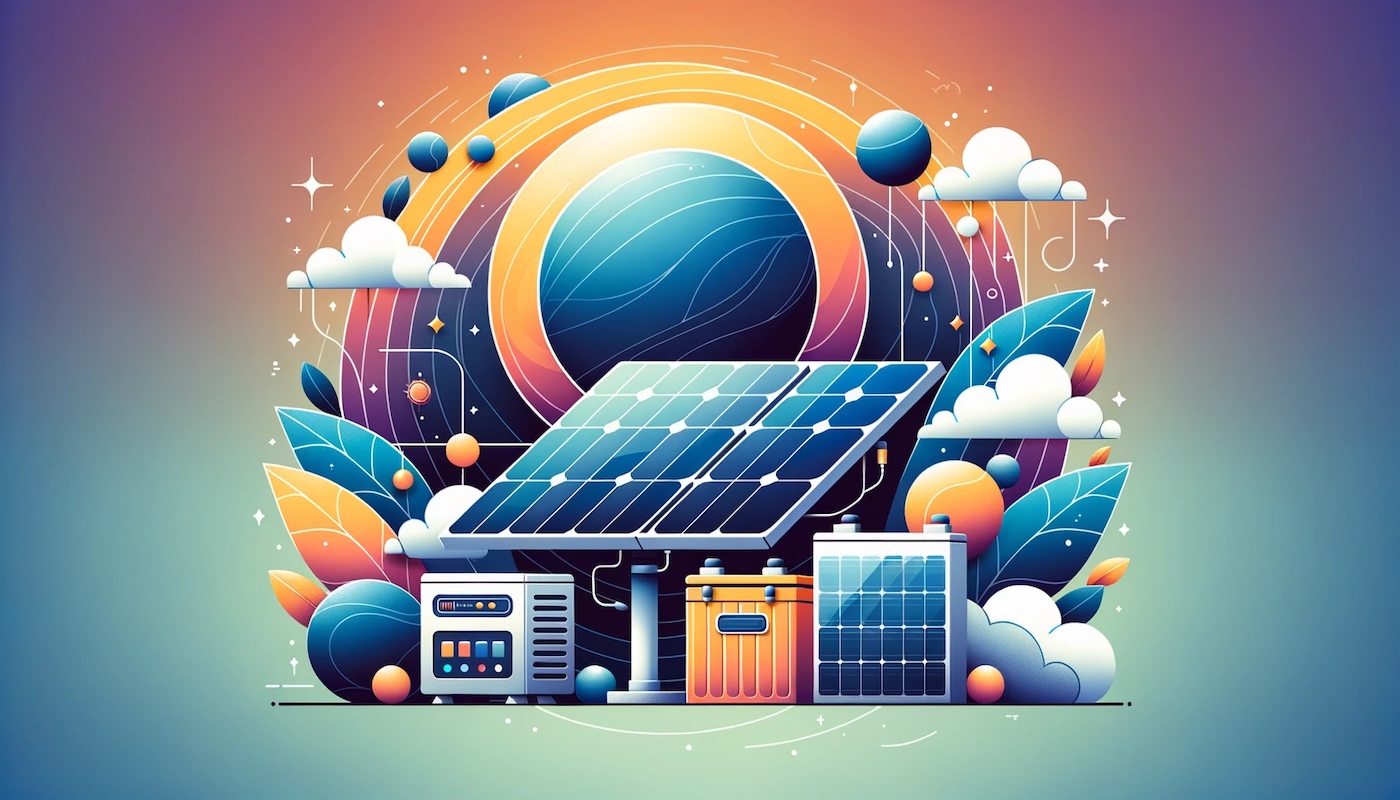 Getting Started With Solar Panels: Make Informed Decisions
Getting Started With Solar Panels: Make Informed Decisions
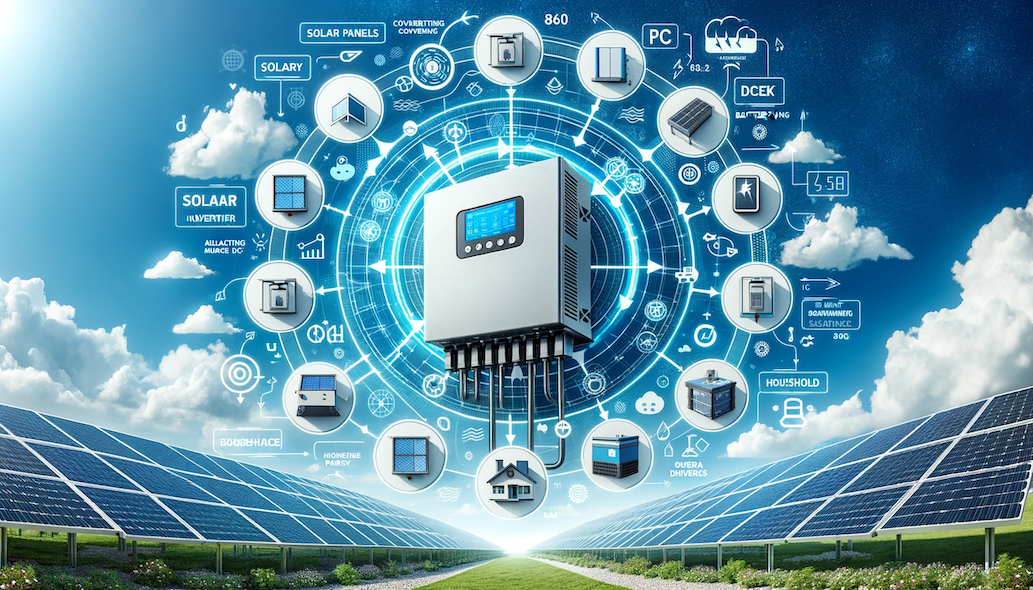 The Critical Role of Solar Inverters in Energy Conversion
The Critical Role of Solar Inverters in Energy Conversion
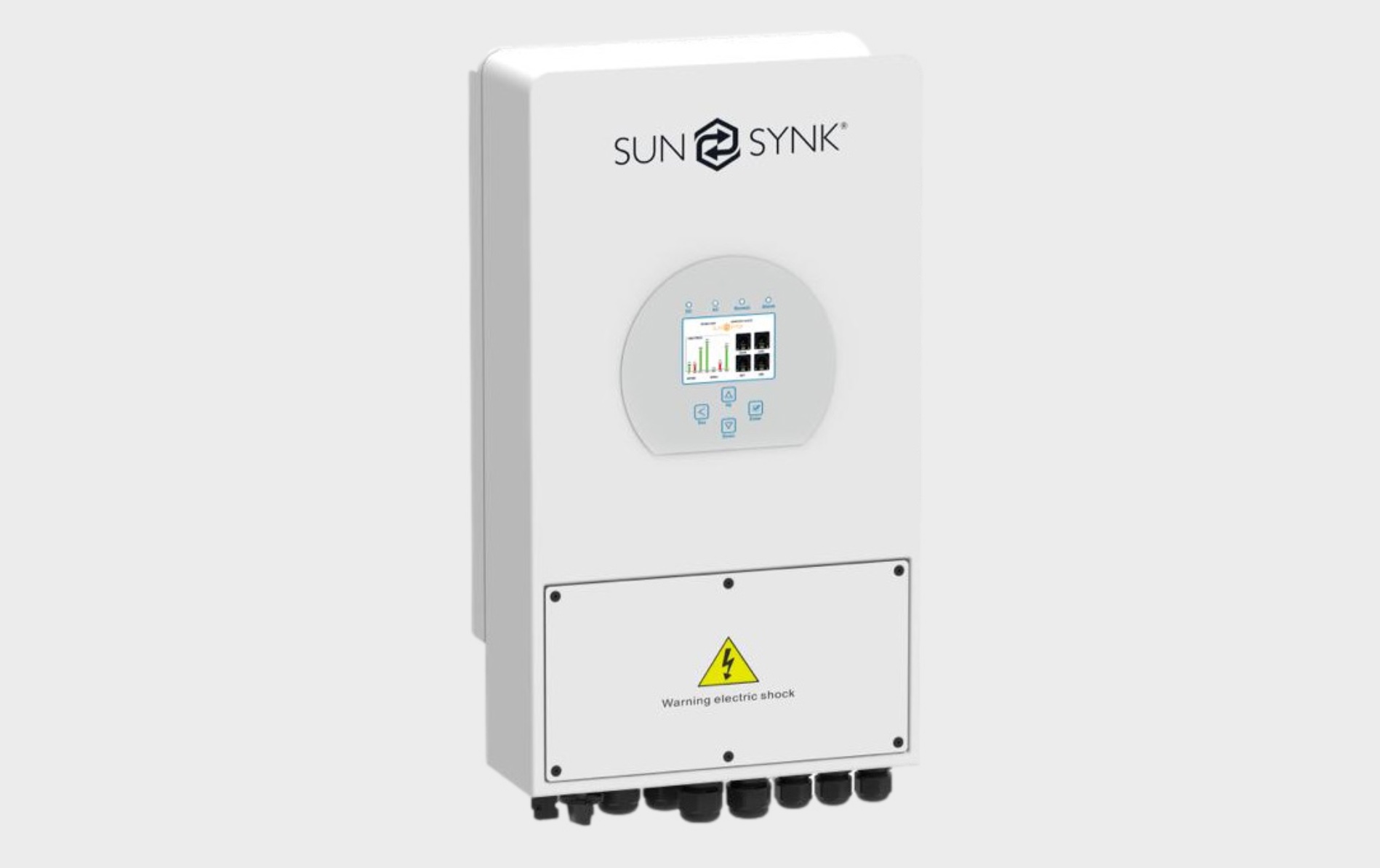 Sunsynk 3.6 ECCO - Owner's Review. Likely The Best For DIY
Sunsynk 3.6 ECCO - Owner's Review. Likely The Best For DIY
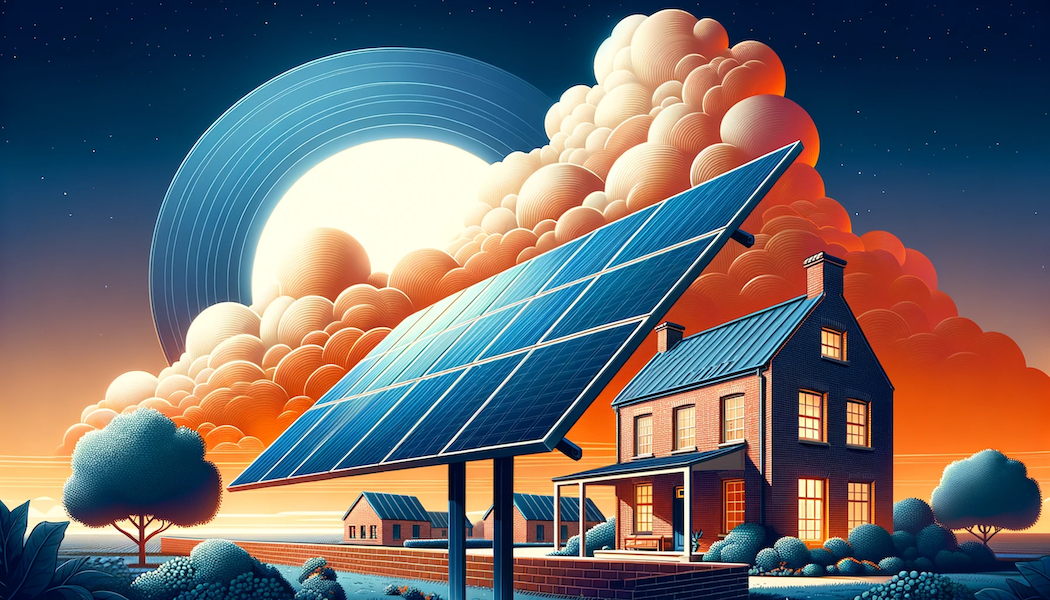 The Joy of Independence and Security From Energy Price Hikes
The Joy of Independence and Security From Energy Price Hikes
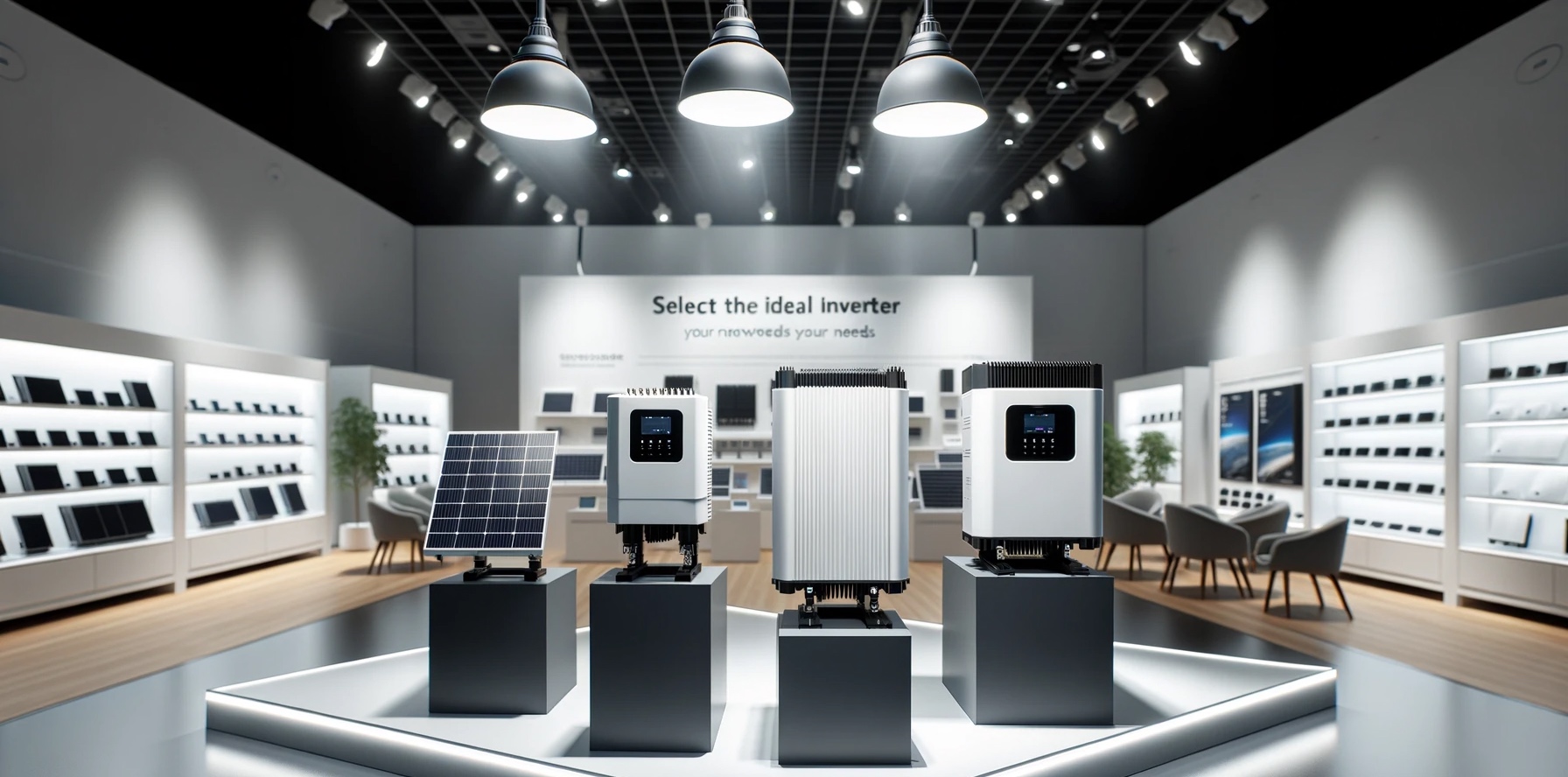 Solar Panels Inverter: Hybrid vs. String vs. Microinverters
Solar Panels Inverter: Hybrid vs. String vs. Microinverters
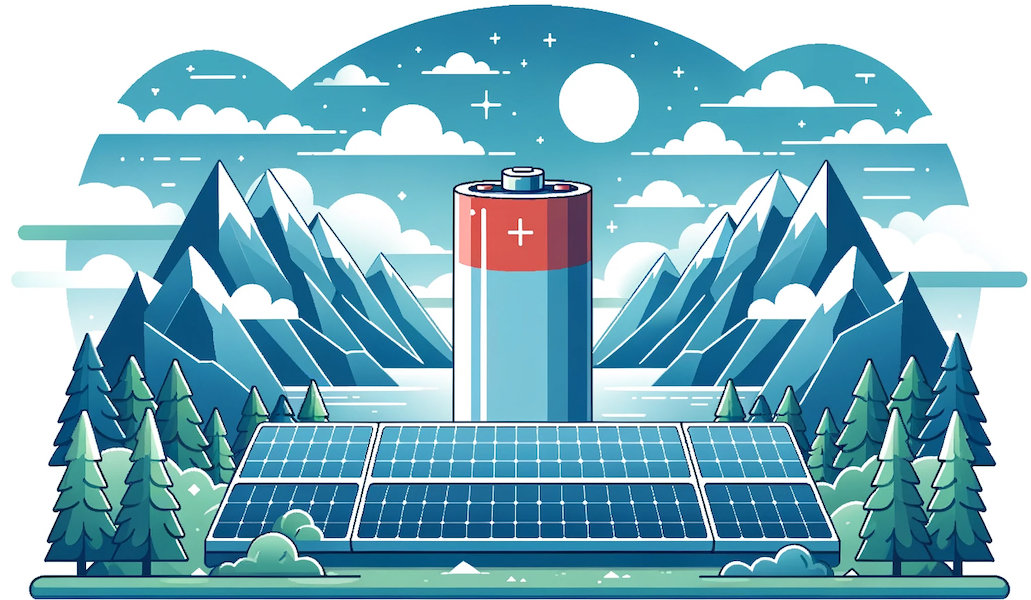 Home Battery Storage For Solar Panels And Flexible Tariffs
Home Battery Storage For Solar Panels And Flexible Tariffs
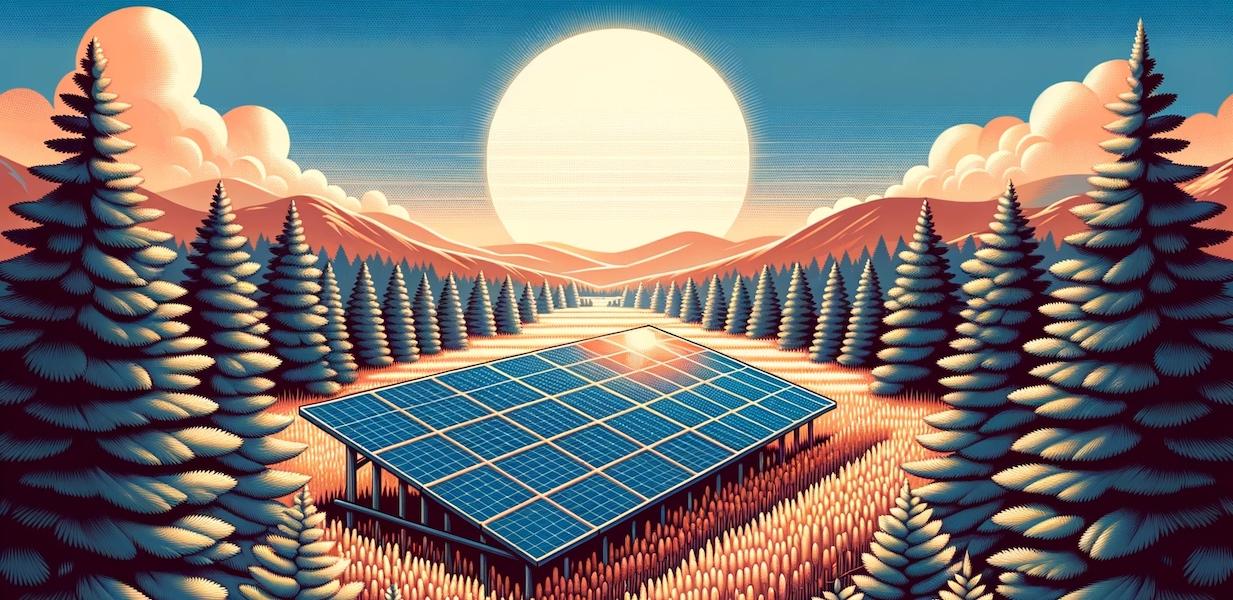 Solar Panel Guide: Size, Electricity Generation, and Output
Solar Panel Guide: Size, Electricity Generation, and Output
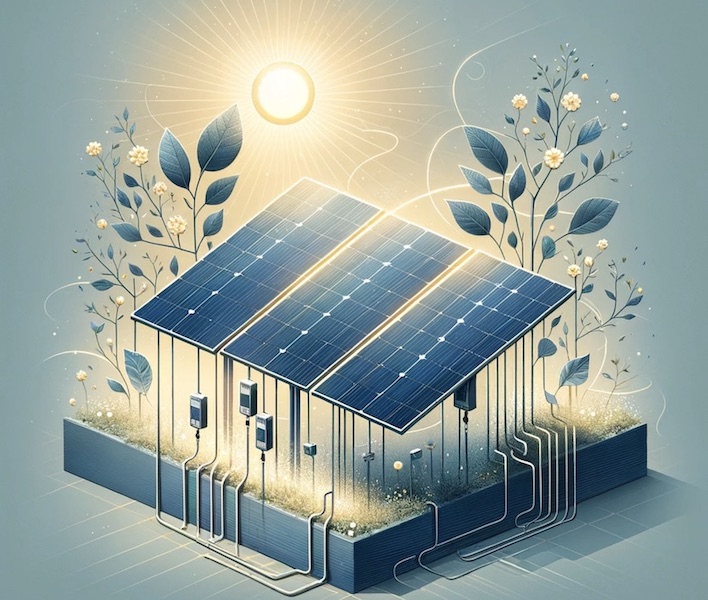 Maximising Solar Power Harvest With Overpaneling
Maximising Solar Power Harvest With Overpaneling
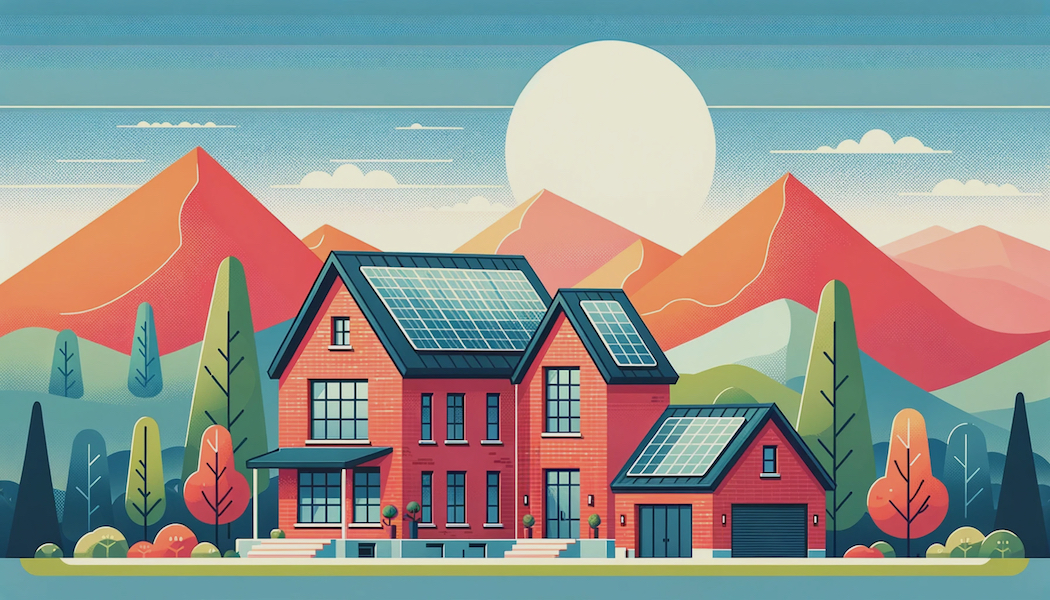 Solar String Expansion. Panels Connection Parallel vs Series
Solar String Expansion. Panels Connection Parallel vs Series
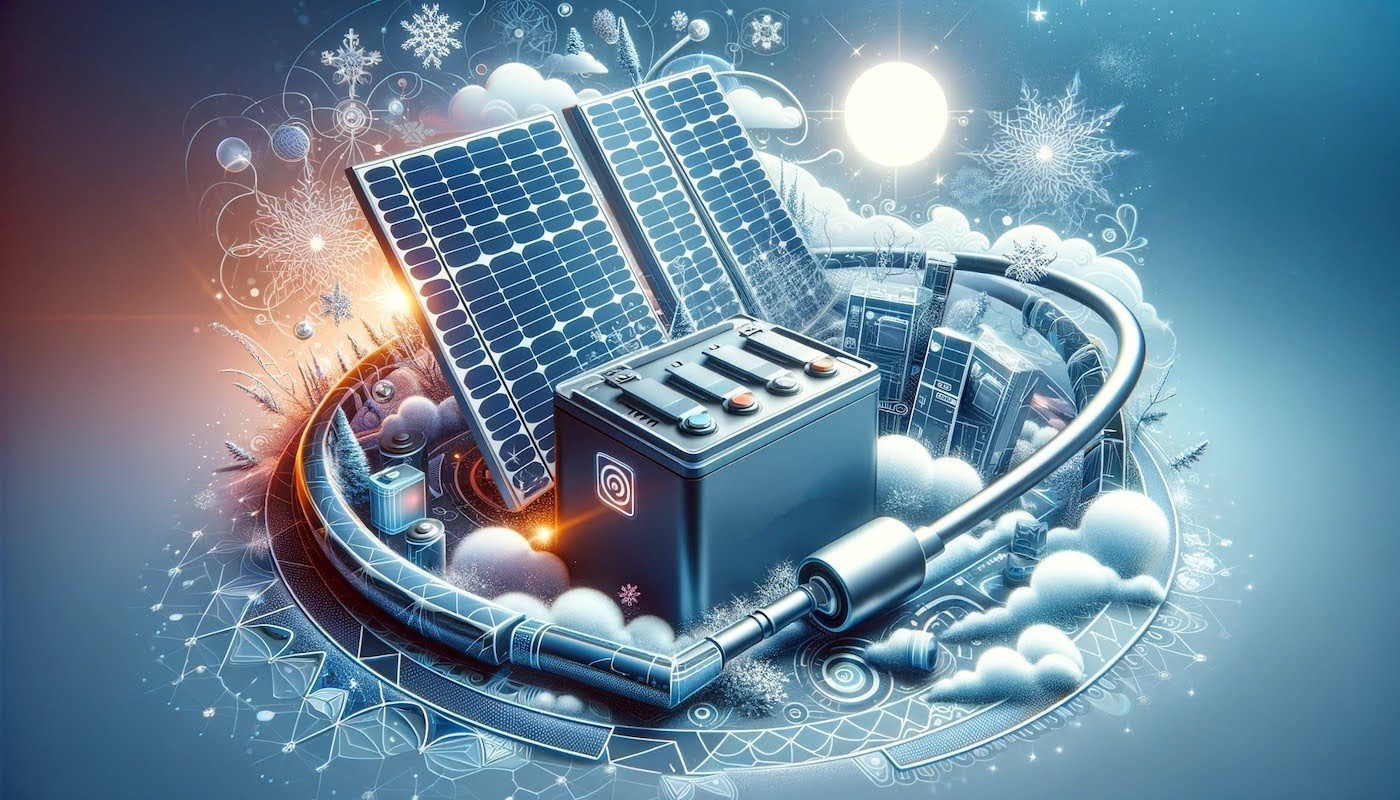 Battery Automation With Solar Assistant and Home Assistant
Battery Automation With Solar Assistant and Home Assistant
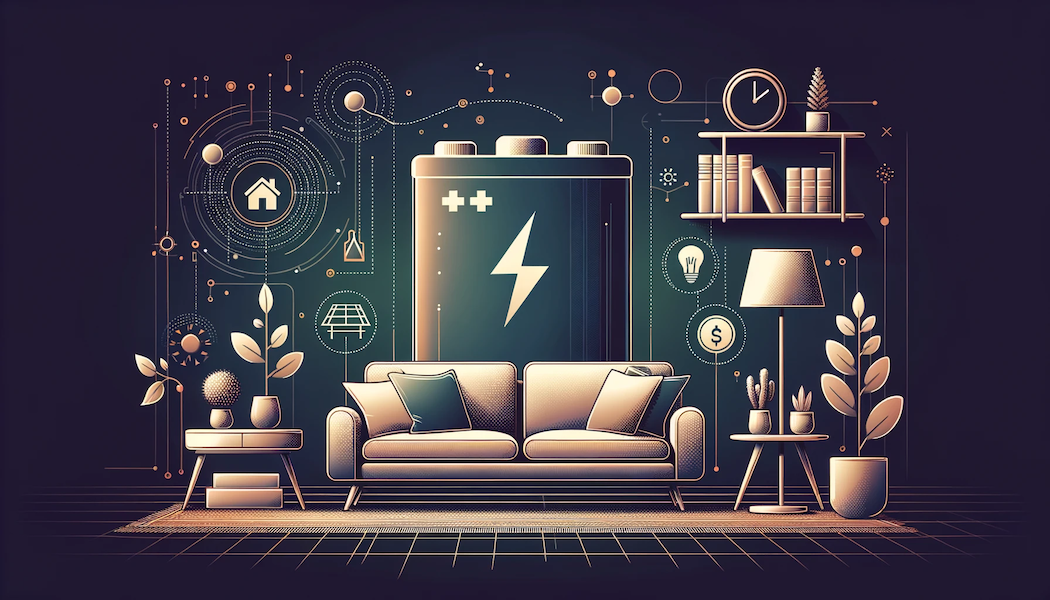 Save With Battery Storage Without Solar Using Octopus Energy
Save With Battery Storage Without Solar Using Octopus Energy
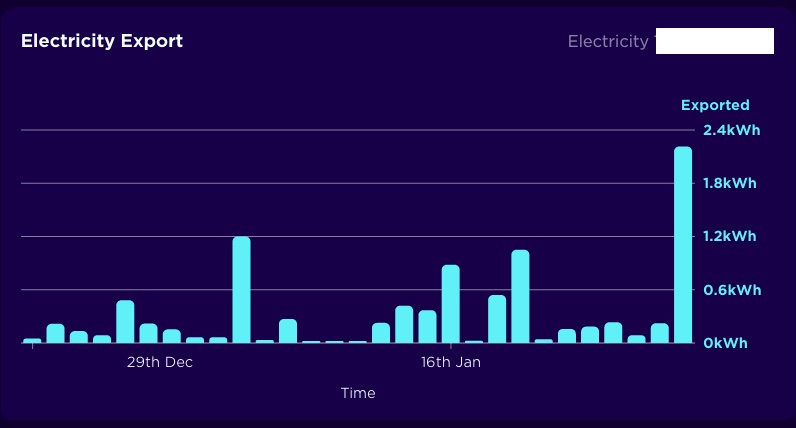 Register DIY Solar Panels For An Octopus Export Tariff
Register DIY Solar Panels For An Octopus Export Tariff
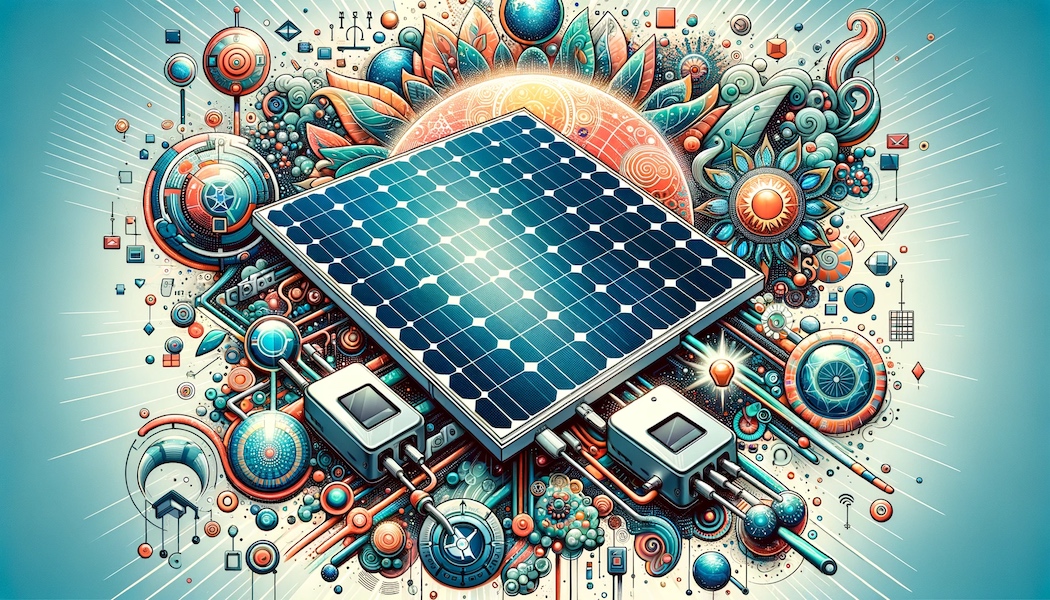 Maximise Solar Power Harvest from Shaded Panels or Mixed Angles
Maximise Solar Power Harvest from Shaded Panels or Mixed Angles
